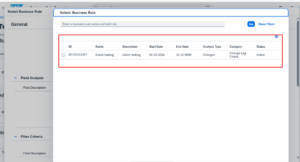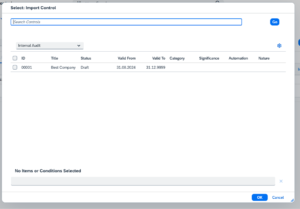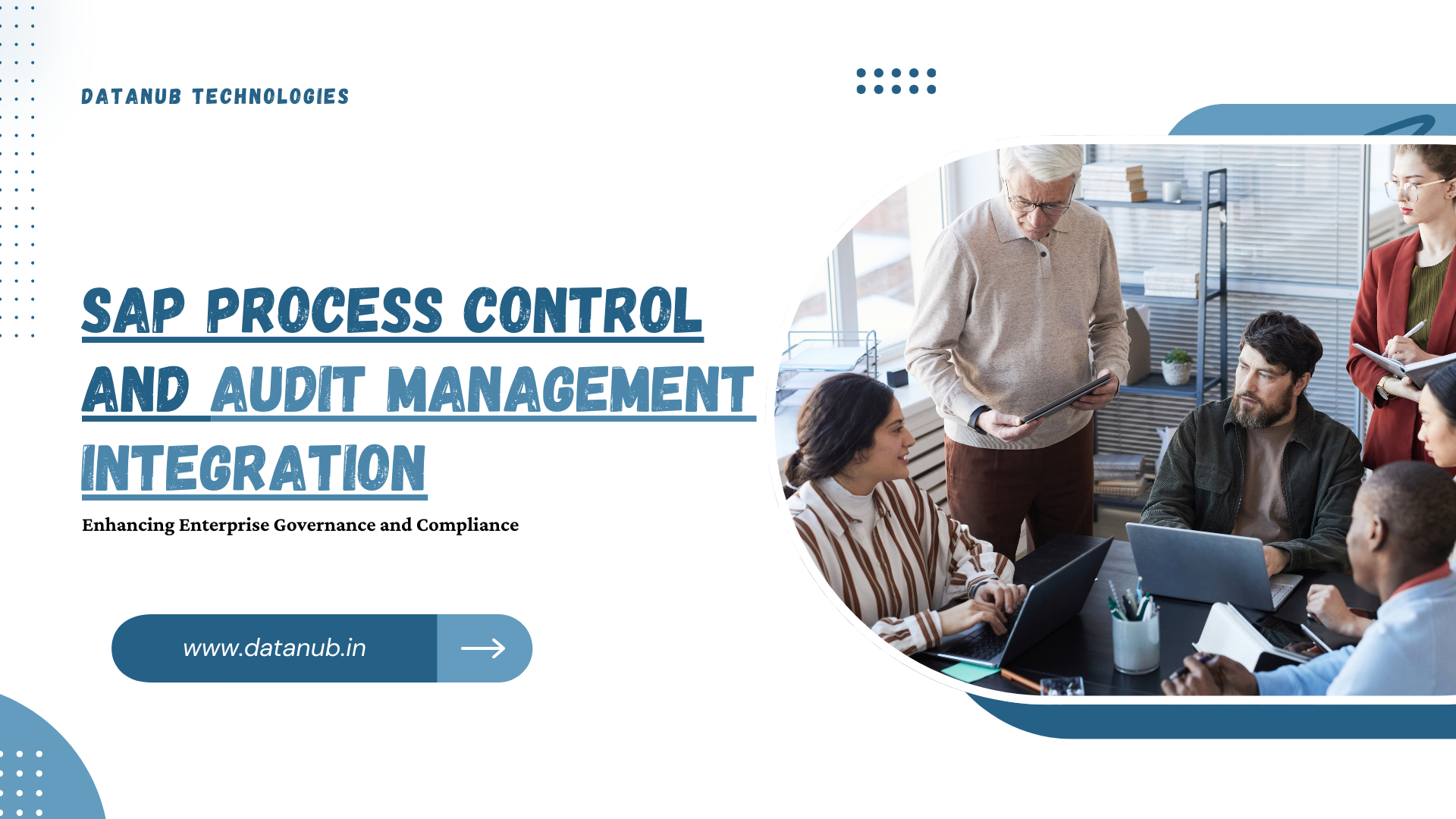In today’s rapidly evolving business landscape, the importance of robust governance and compliance mechanisms cannot be overstated. Organizations are increasingly relying on integrated systems to ensure adherence to regulatory requirements, manage risks, and streamline internal processes. Among the most effective solutions for achieving these goals are SAP Process Control and SAP Audit Management. This document explores the integration of these two powerful tools, highlighting their combined benefits and outlining the steps involved in the integration process.
Overview of SAP Process Control
SAP Process Control is designed to monitor and manage business processes, ensuring they operate efficiently and comply with internal policies and external regulations.
Overview of SAP Audit Management
SAP Audit Management facilitates the planning, execution, and documentation of audit activities. It supports both internal and external audits, ensuring that organizations maintain compliance with regulatory standards.
Integrating SAP Process Control and SAP Audit Management
1. Using Business rule to automate the work program execution.
- Developing a comprehensive work program within SAP Audit Management involves the strategic use of business rules to automate and streamline audit processes. By leveraging business rules, organizations can ensure that their audit activities are consistent, comprehensive, and aligned with regulatory requirements.
- The first step in creating an effective work program is to define the scope and objectives of the audit. This includes identifying key risk areas, determining the audit methodology, and establishing clear criteria for evaluating compliance. Business rules can be used to automate the selection and prioritization of audit tasks based on risk assessments and historical data.
- Once the audit scope is defined, the work program can be populated with specific activities and procedures. Business rules can automate the assignment of tasks to appropriate audit team members, ensuring that they have the necessary expertise and resources to perform their duties effectively. Additionally, business rules can be used to schedule and track the progress of audit activities, providing real-time visibility into the status of the audit.
- During the execution of the audit, business rules can facilitate the collection and analysis of audit evidence. For example, they can automate the retrieval of relevant data from SAP Process Control and other systems, ensuring that auditors have access to accurate and up-to-date information. Business rules can also be used to enforce consistency in the documentation of audit findings and to trigger alerts for any deviations from established procedures.
- Integrating SAP Process Control and SAP Audit Management allows organizations to generate detailed reports on audit outcomes and compliance status. These reports can be customized to meet the needs of different stakeholders, providing insights into areas of improvement and highlighting best practices. The automation of reporting through business rules ensures that reports are generated efficiently and accurately, reducing the administrative burden on audit teams.






2. Master Data Integration
- Furthermore, integrating SAP Process Control and SAP Audit Management enhances master data integration, which is crucial for maintaining the integrity and consistency of critical business information. By synchronizing master data across these systems, organizations can ensure that audit and compliance activities are based on accurate and consistent data. This integration allows for the seamless exchange of information, eliminating data silos and reducing the risk of discrepancies that can arise from manual data entry or isolated systems.
- Integrated master data management supports the alignment of audit and compliance objectives with overall business strategies, fostering a more cohesive and effective approach to governance and risk management. The integration also enables the implementation of standardized workflows and procedures, reducing the complexity of managing separate systems and ensuring that all stakeholders follow consistent processes. This standardization is particularly valuable in large organizations with multiple business units and geographical locations, as it helps maintain uniformity in compliance and audit practices.



Conclusion:
The integration of SAP Process Control and SAP Audit Management offers significant advantages for organizations seeking to enhance their governance, risk management, and compliance capabilities. By providing a unified platform for managing compliance and audit activities, this integration enables organizations to streamline processes, improve risk management, and ensure adherence to regulatory requirements. As illustrated by the case study, the benefits of integration are tangible and can lead to improved efficiency, reduced redundancy, and better visibility into compliance status.
Organizations that invest in integrating SAP Process Control and SAP Audit Management position themselves to meet the challenges of today’s complex regulatory environment while driving operational excellence and achieving long-term success.

